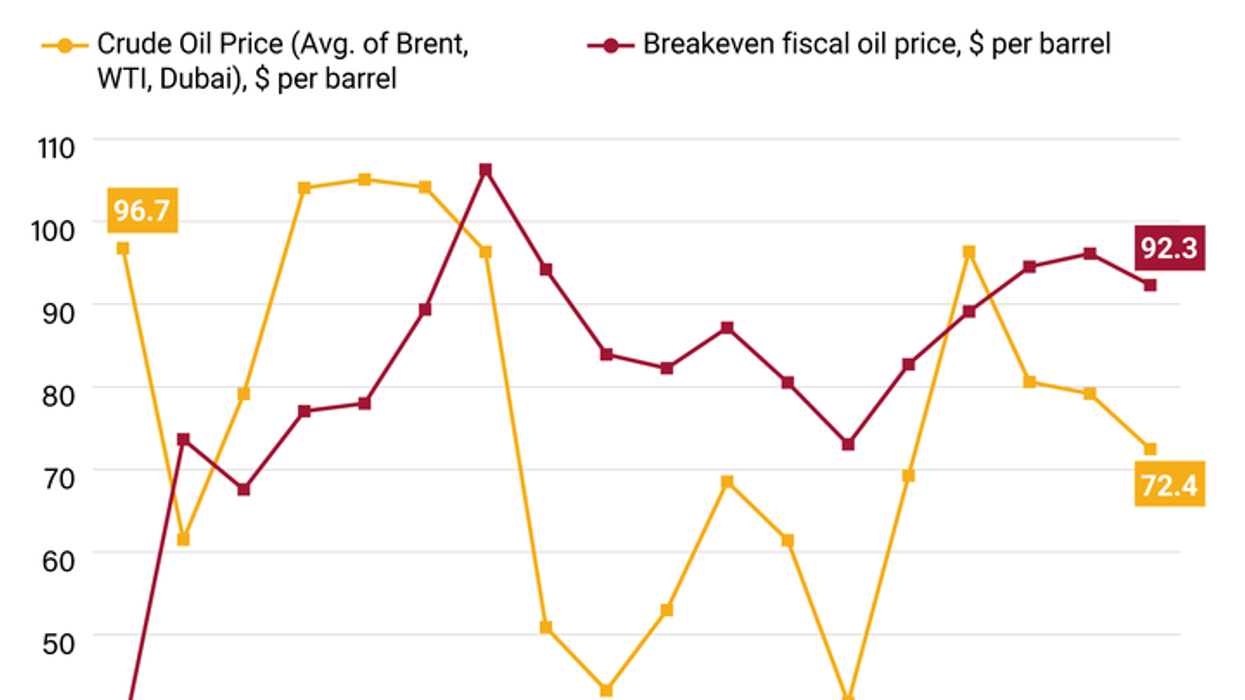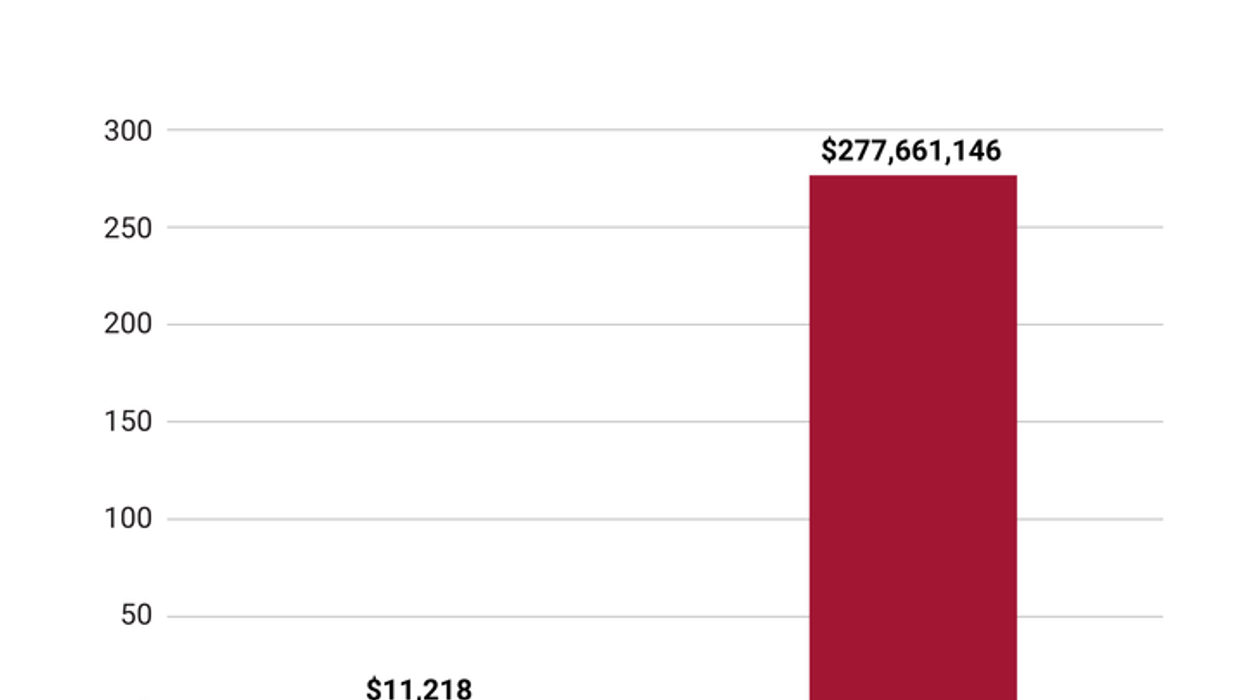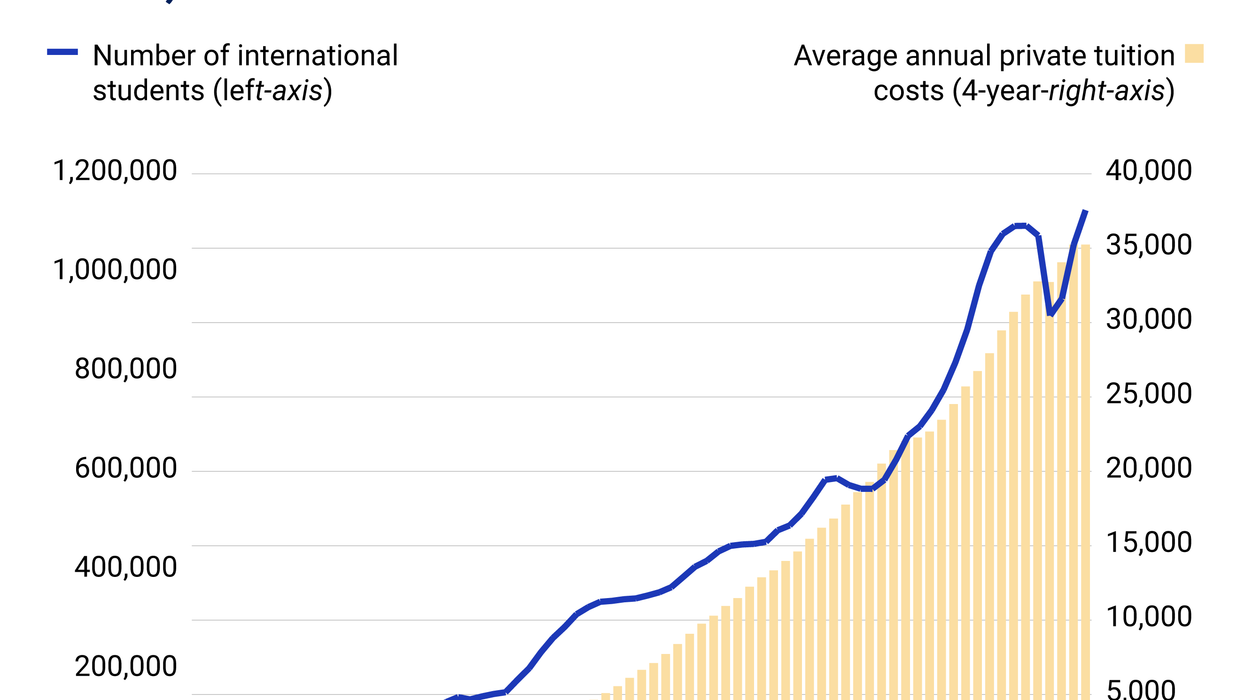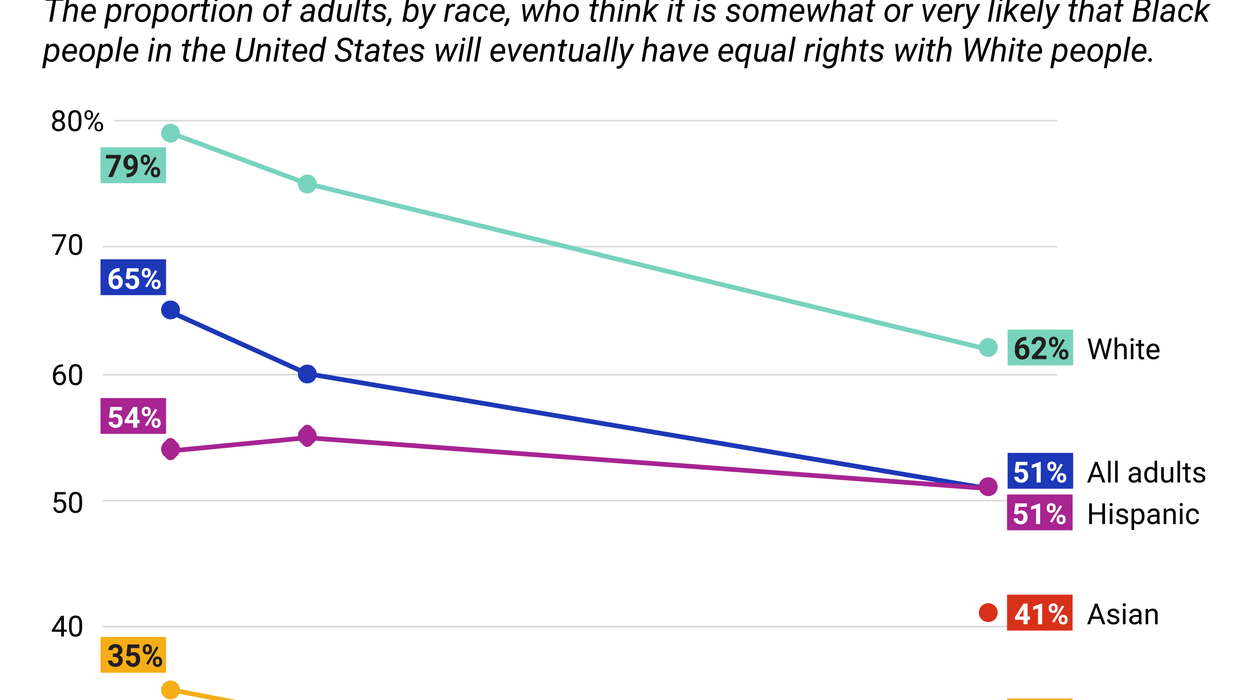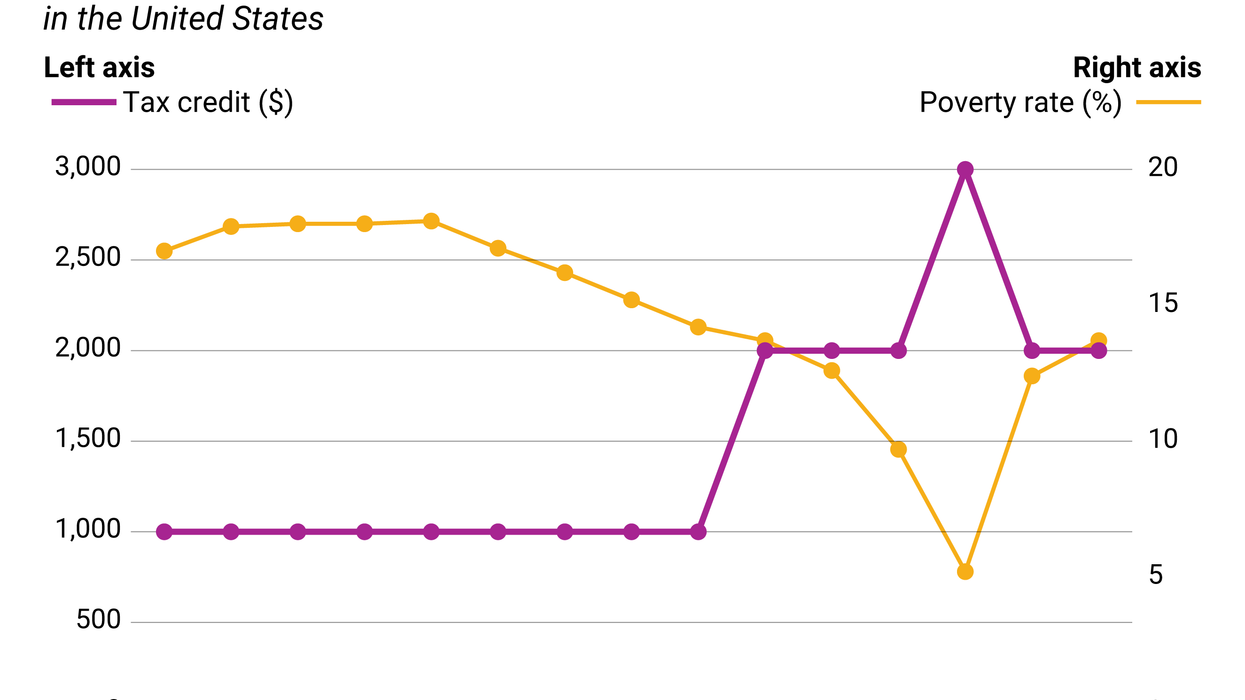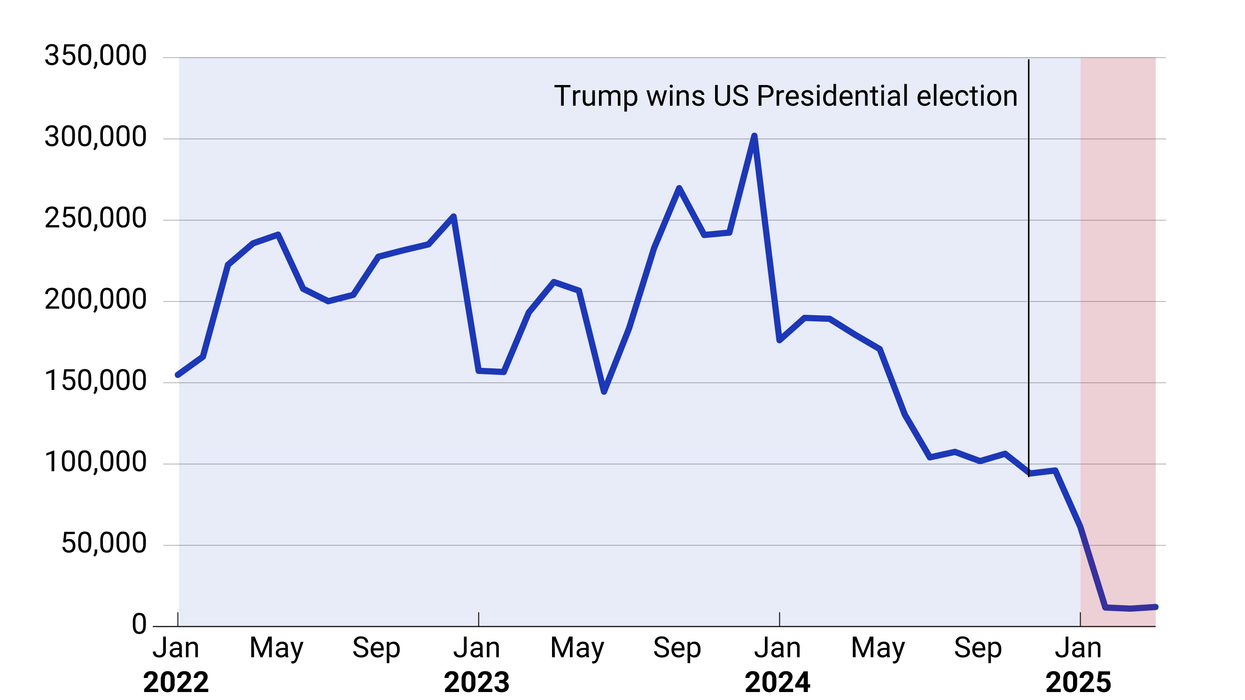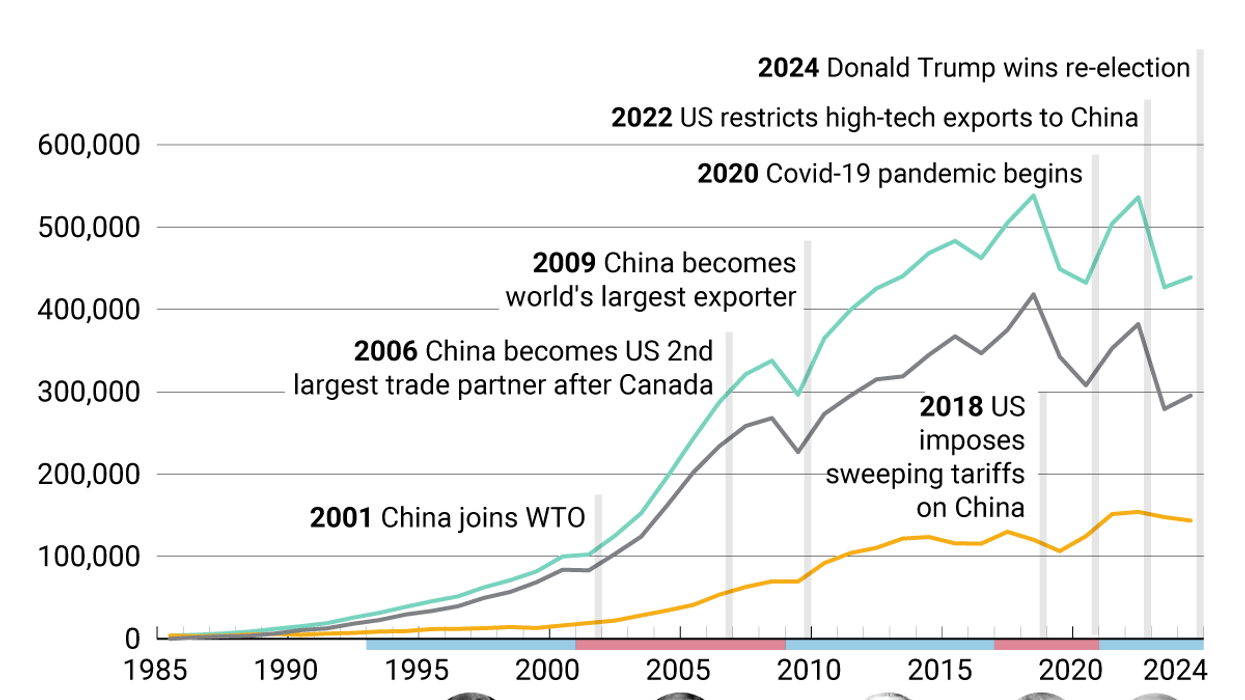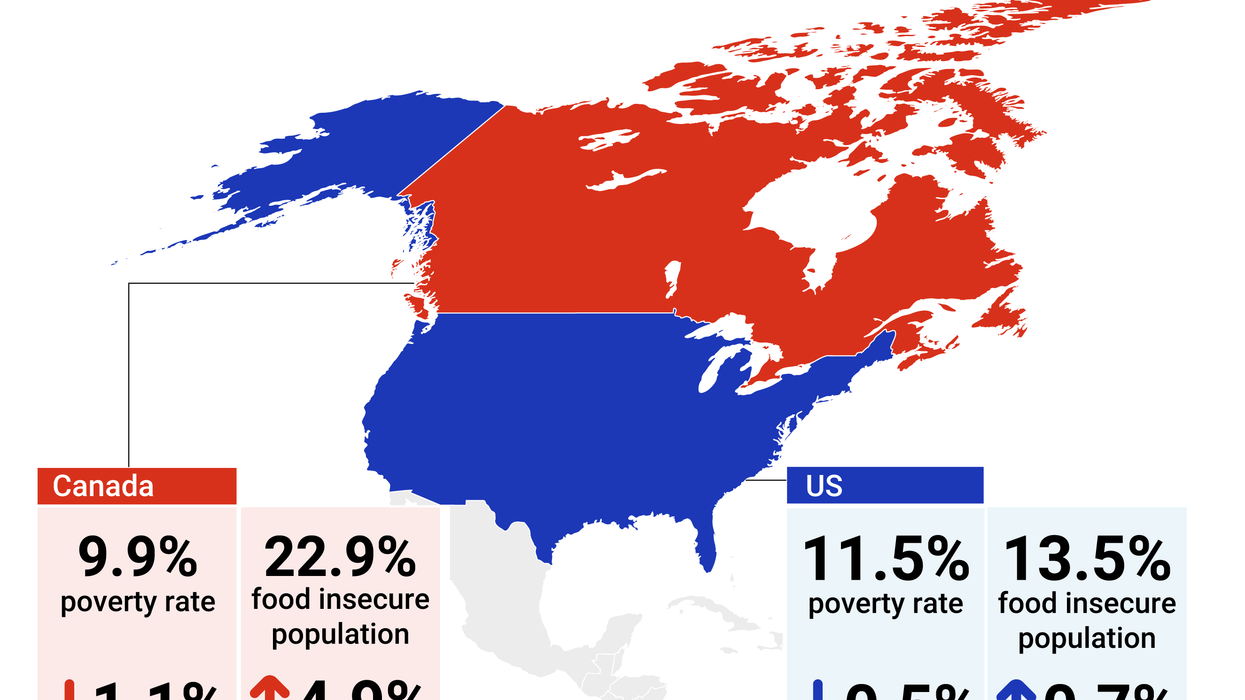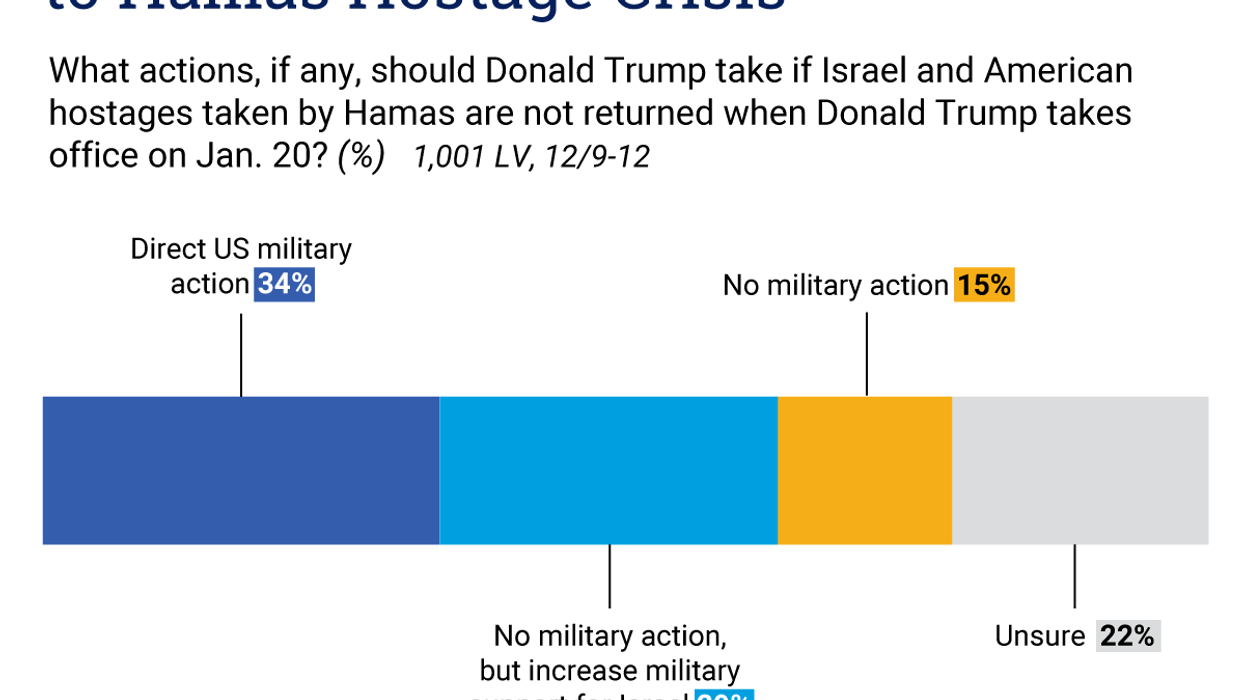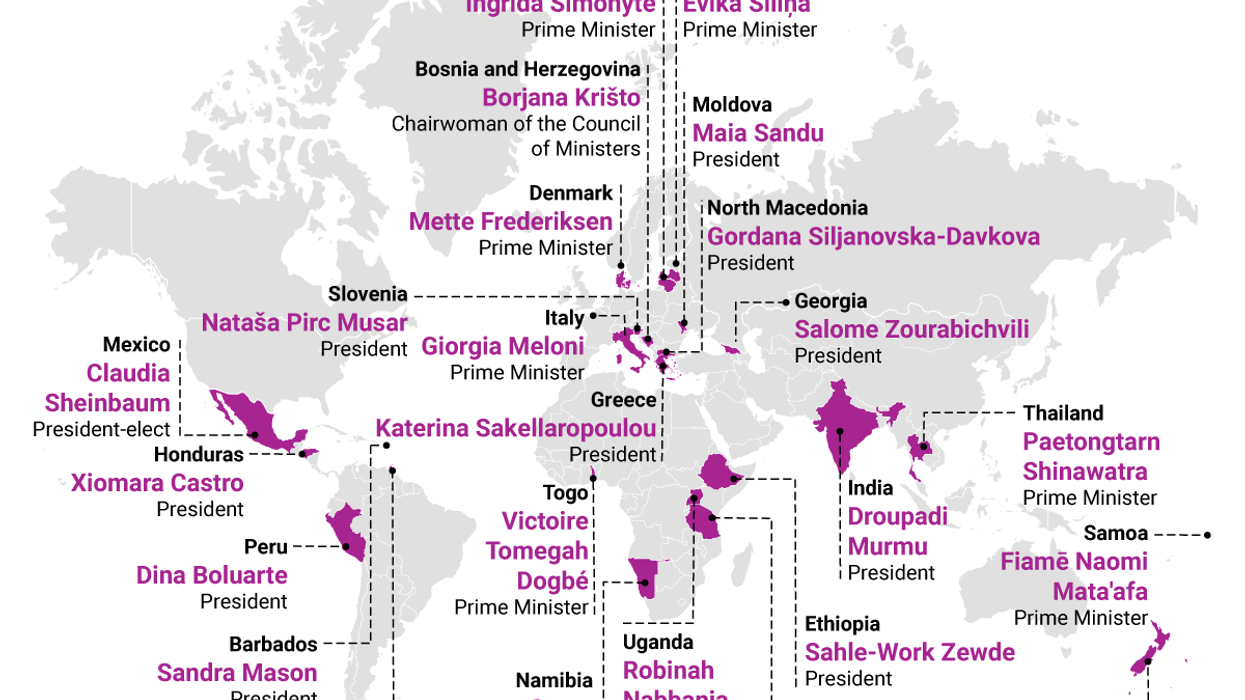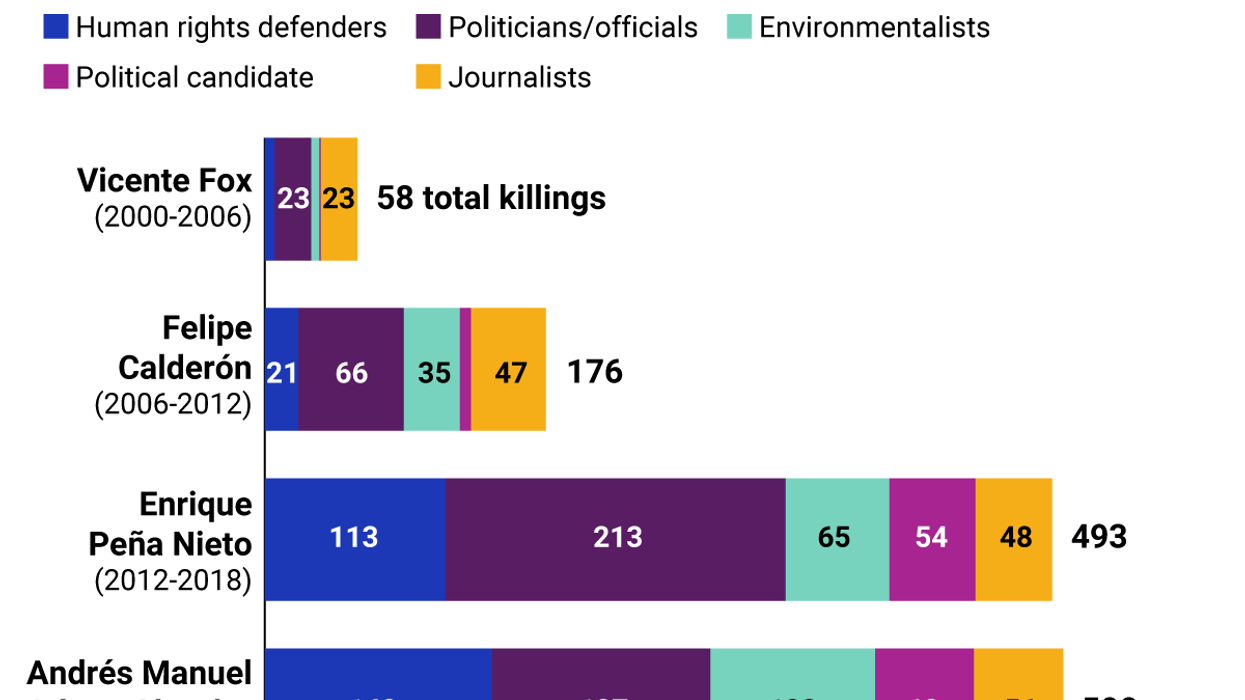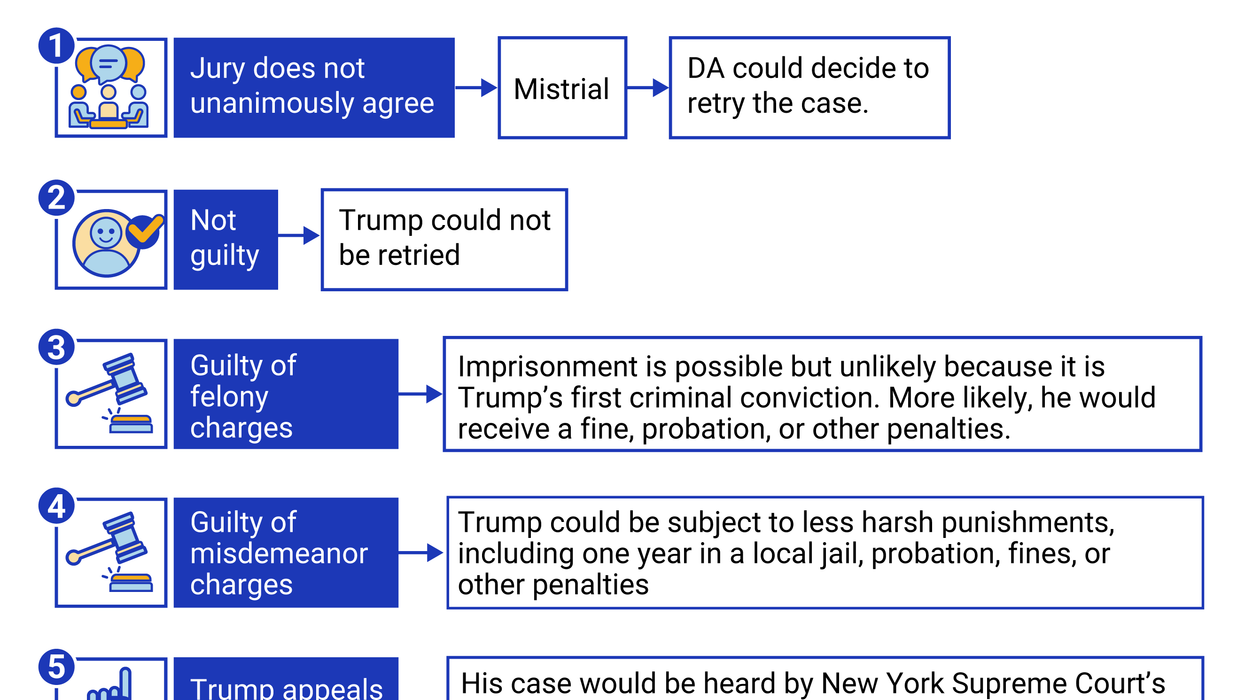VIDEOSGZERO World with Ian BremmerQuick TakePUPPET REGIMEIan ExplainsGZERO ReportsAsk IanGlobal Stage
Site Navigation
Search
Human content,
AI powered search.
Latest Stories
Start your day right!
Get latest updates and insights delivered to your inbox.
Luisa Vieira
Graphic Designer
Luísa is a graphic designer at Eurasia Group and GZERO Media.
Fields of expertise
Data Visualization, Illustration, Branding
Education
Columbia University
